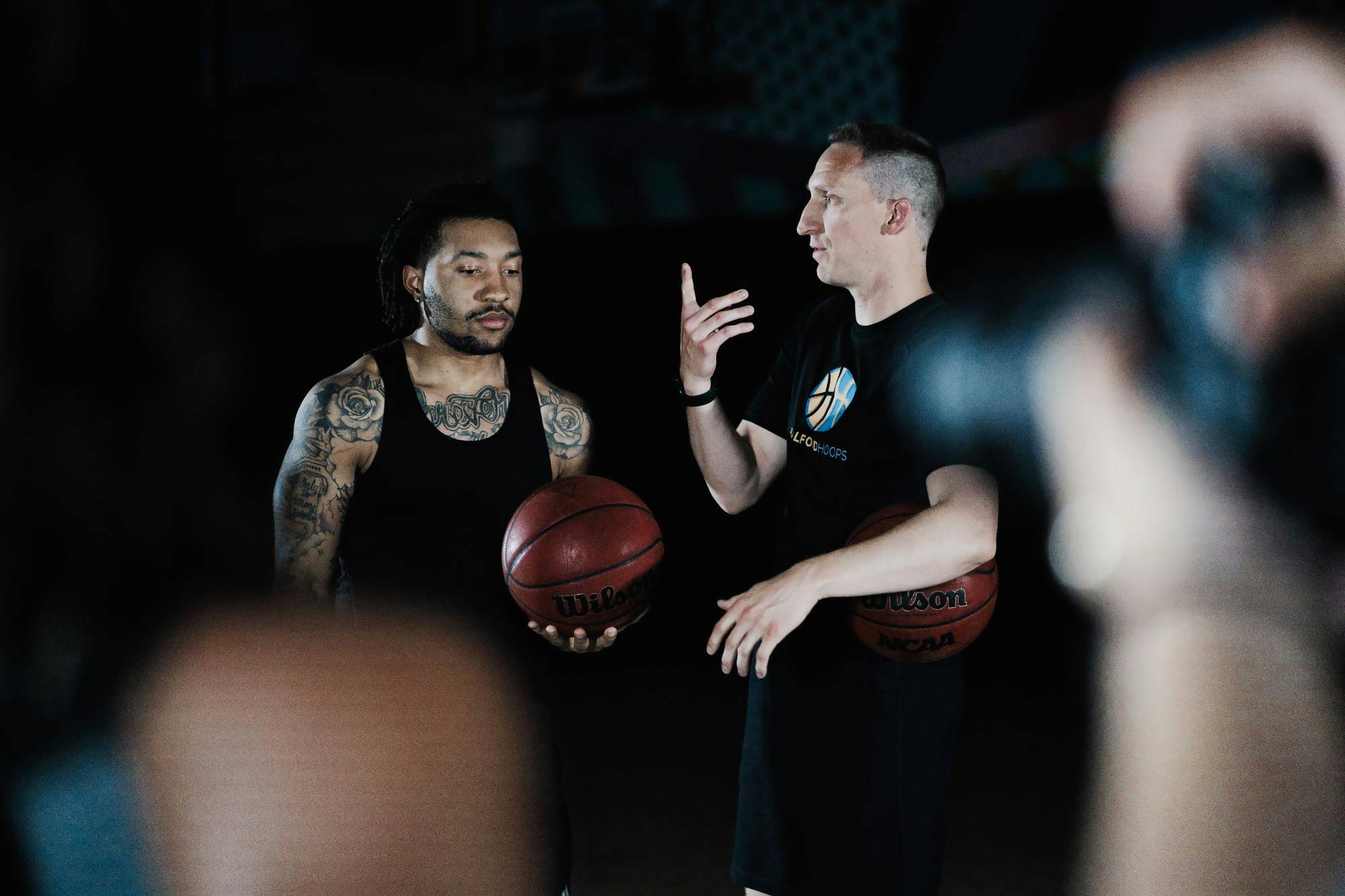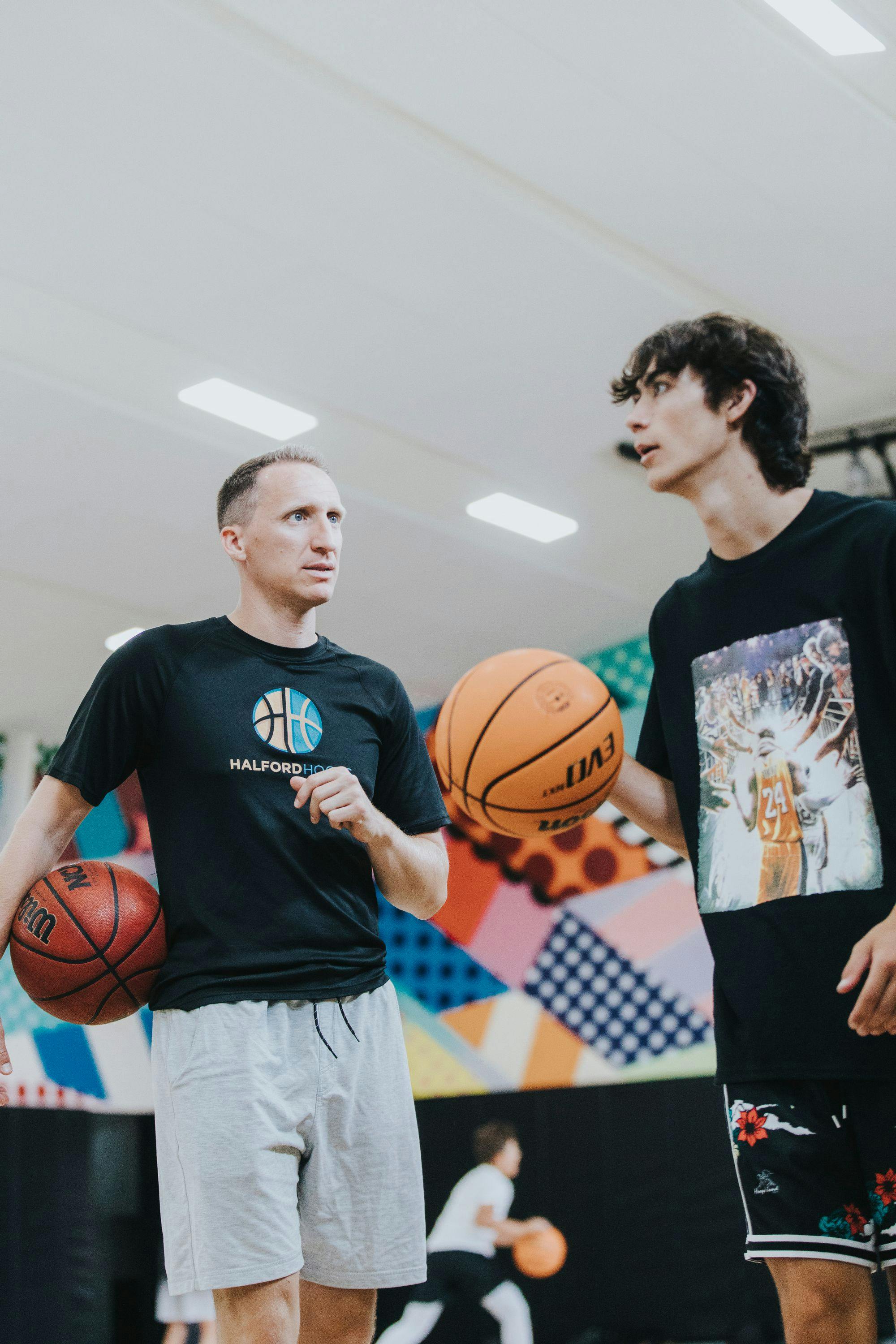CLICK BELOW, FILL OUT THE FORM TODAY & GET YOUR FIRST SESSION FREE!

BASKETBALL SKILLS TRAINING FOR PLAYERS OF ALL LEVELS
Elevate Your Game with Expert Coaching and
Comprehensive Programs.
10+
Pro/College Athletes Trained
8+
Years of Experience
1000+
Athletes Trained
SEE WHAT WE'RE ALL ABOUT
ARE YOU READY TO ELEVATE YOUR GAME?
Join the Halford Hoops basketball training program or schedule a FREE discovery call to learn more about how we can help you reach your full potential on the court. Don't miss this opportunity to take the first step toward becoming a better athlete. Apply now!

WHY CHOOSE HALFORD HOOPS?
TRAINING DESIGNED FOR LONG-TERM GROWTH
What sets us apart is Skyler Halford's deep understanding of the human body, its mechanics, and the science of improving physical performance. With his expertise, we go beyond typical basketball training, tailoring workouts to not only enhance your basketball skills but also focus on preventing injuries and aiding in recovery.


IMPROVE YOUR GAME
THREE EASY STEPS TO GET STARTED
Sign Up
Submit your info here and one of our expert coaches will reach out to see what you're looking to accomplish.
Discovery Call
Schedule a complimentary Google Meet Call to get a feel for our training program and learn more about how it works.
Choose Membership
Choose the training option that best fits you or your athlete's needs and take your game to the next level!
WHAT WE OFFER
THREE WAYS TO TRAIN
In-Person Training Sessions
Personalized, hands-on coaching to take your game to new heights.
At-Home Training Programs
Accessible training programs designed for athletes to practice on their own.
Mental Strength Training
Overcome confidence issues and mental blocks that may be holding you back.
HEAD TRAINER & PHYSICAL THERAPIST
SKYLER HALFORD
Basketball Trainer (Since 2015)
Doctor of Physical Therapy (Since 2021)
Skyler Halford is a former BYU Basketball player turned expert basketball trainer and Doctor of Physical Therapy. His passion for the game, combined with his deep understanding of body mechanics and movement patterns, sets him apart as a coach who can truly transform your skills.

TRAINING APPROACH
At Halford Hoops, we believe that consistent, long-term development is key to success. Our comprehensive training program focuses on skill enhancement, accountability, and mental strength. Whether you're a beginner or an experienced player, we have a program that will fit you or your athlete's needs.
TESTIMONIALS
WHAT OUR CLIENTS SAY

INSIDE LOOK
Training Photos



ELEVATE YOUR GAME
JOIN OUR COMMUNITY!
Join Skyler Halford's basketball training program or schedule a FREE discovery call to learn more about how we can help you reach your full potential on the court.

